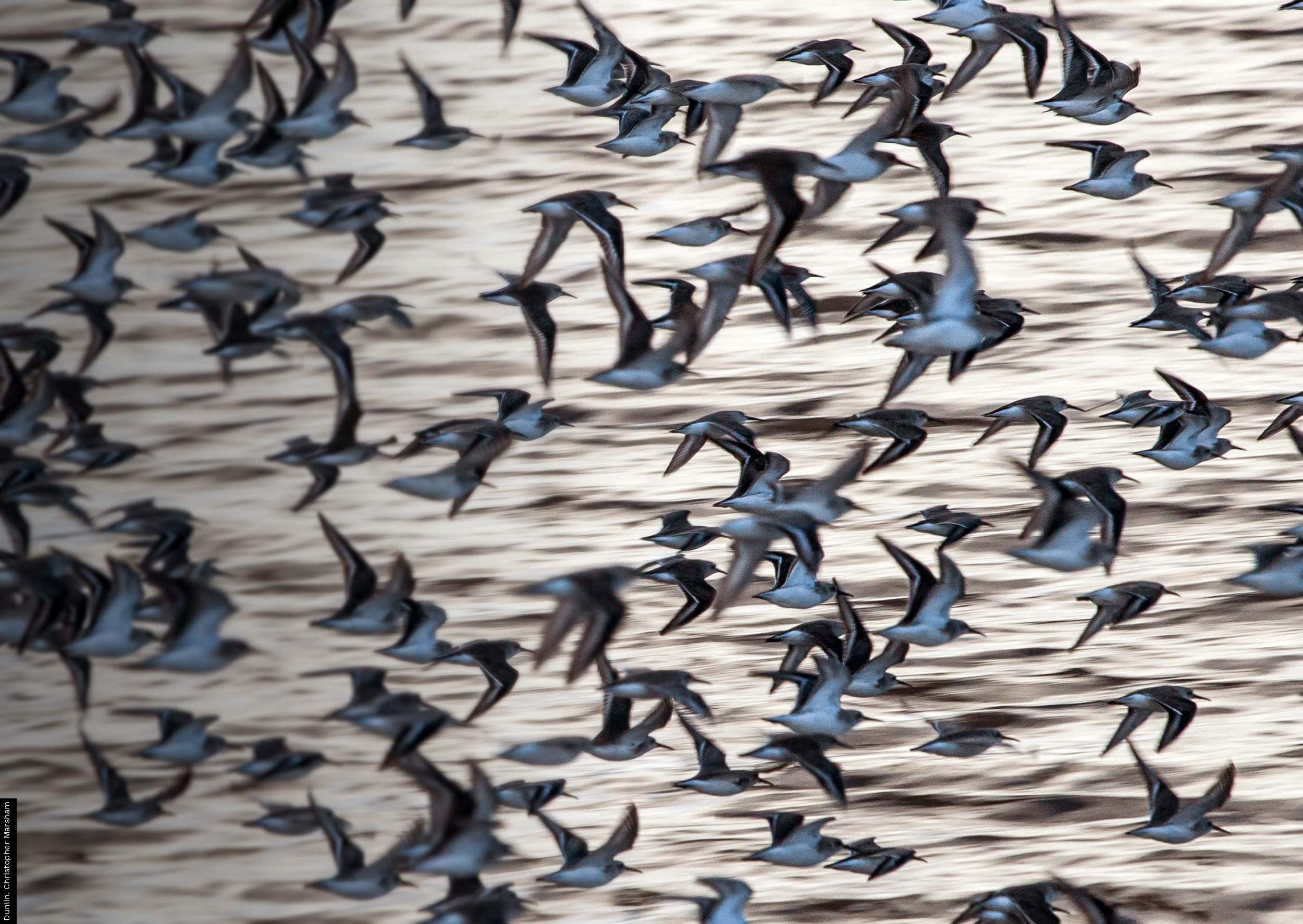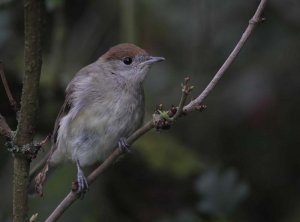Cold weather boost to garden bird numbers
22 Jan 2015
So far this winter, many gardens have had low numbers of birds. With relatively mild weather and another bumper crop of natural foods in the autumn, garden birds had less need for our feeding stations – until now.
January has brought cold weather with it, with large parts of the country experiencing frosts, snow and strong winds. With food in the wider countryside harder to find, and birds expending energy trying to keep warm, preliminary Garden BirdWatch (GBW) results show that our garden birds are moving back in.
This January, there have been much higher reporting rates from GBW gardens, than last January when temperatures were mild. Robins were reported from 6% more gardens than last year, 7% more gardens have reported Great Tit, and Blackcaps have also increased, though not quite reaching the numbers seen in the very cold winter of 2013. It is Wrens, however, that have shown the largest increase according to initial GBW results, with over 50% more gardens reporting them than in January 2014. This follows on from high numbers seen at the end of 2014, reflecting the higher survival rate seen after the mild winter of 2013/14.
Not all birds have surged into gardens, though. Siskins have been reported from the lowest proportion of GBW gardens since the survey began. Numbers seem to be influenced by changes in cone abundance, switching to feed in gardens more often in years with few cones. According to the Forestry Commission, the Sitka Spruce crop in 2014 appears to have been a good one, which could be why Siskins are staying away from gardens.
The Met Office is predicting milder weather towards the end of the month, so it’ll be interesting to see if birds remain in gardens, or take advantage of the warmer temperatures to find food elsewhere.








Share this page